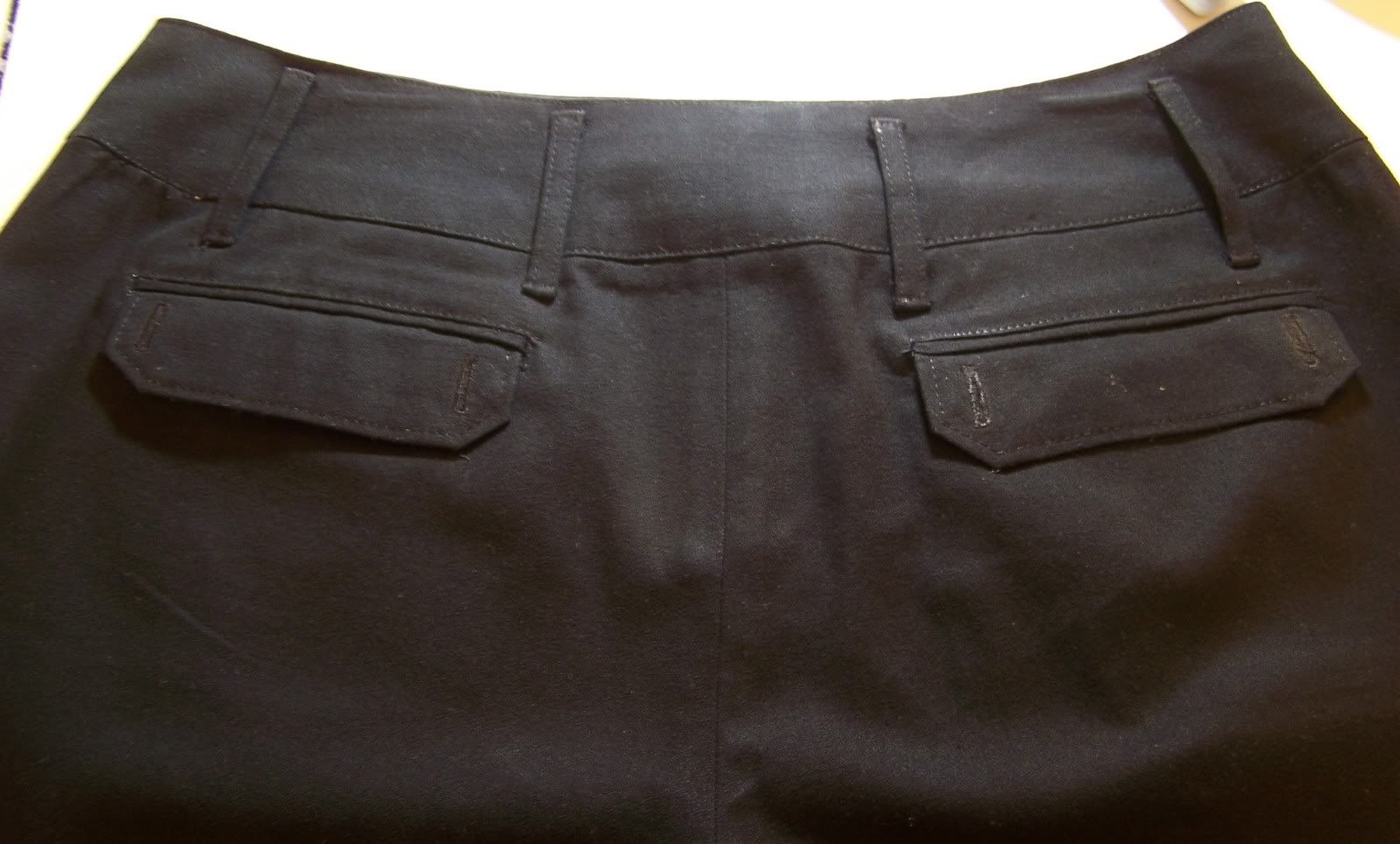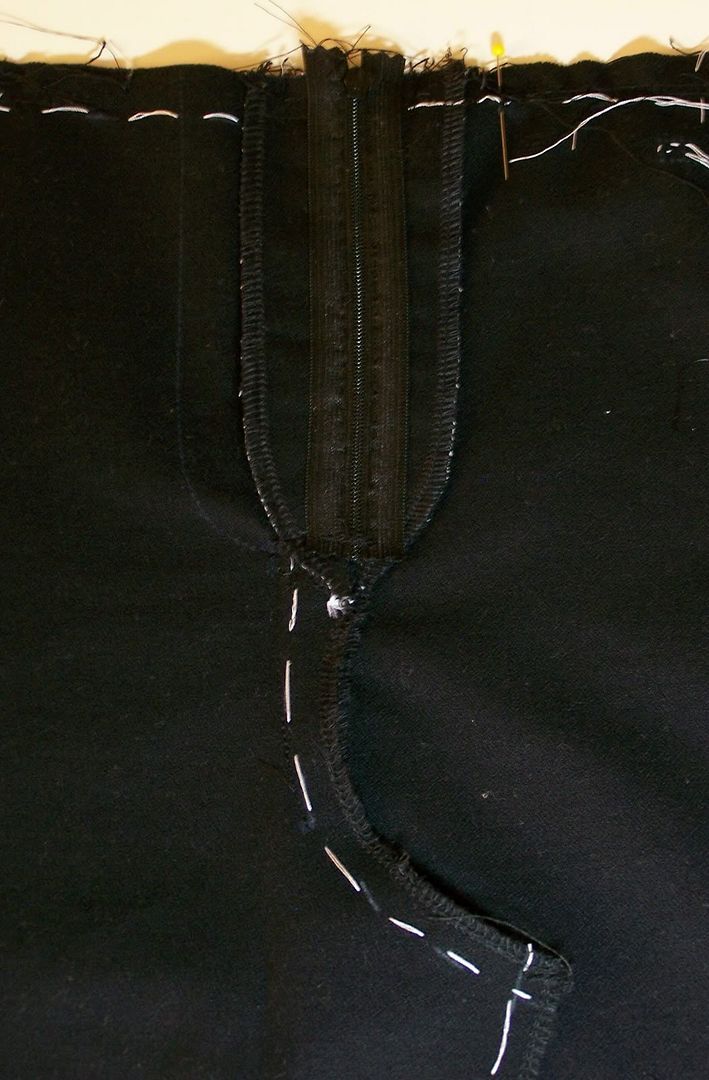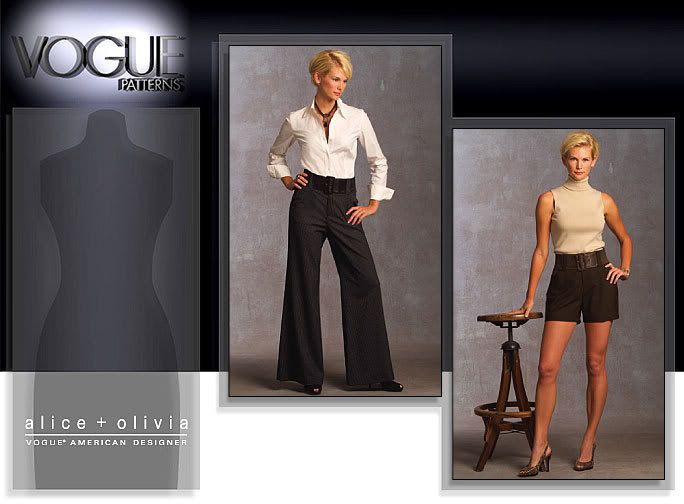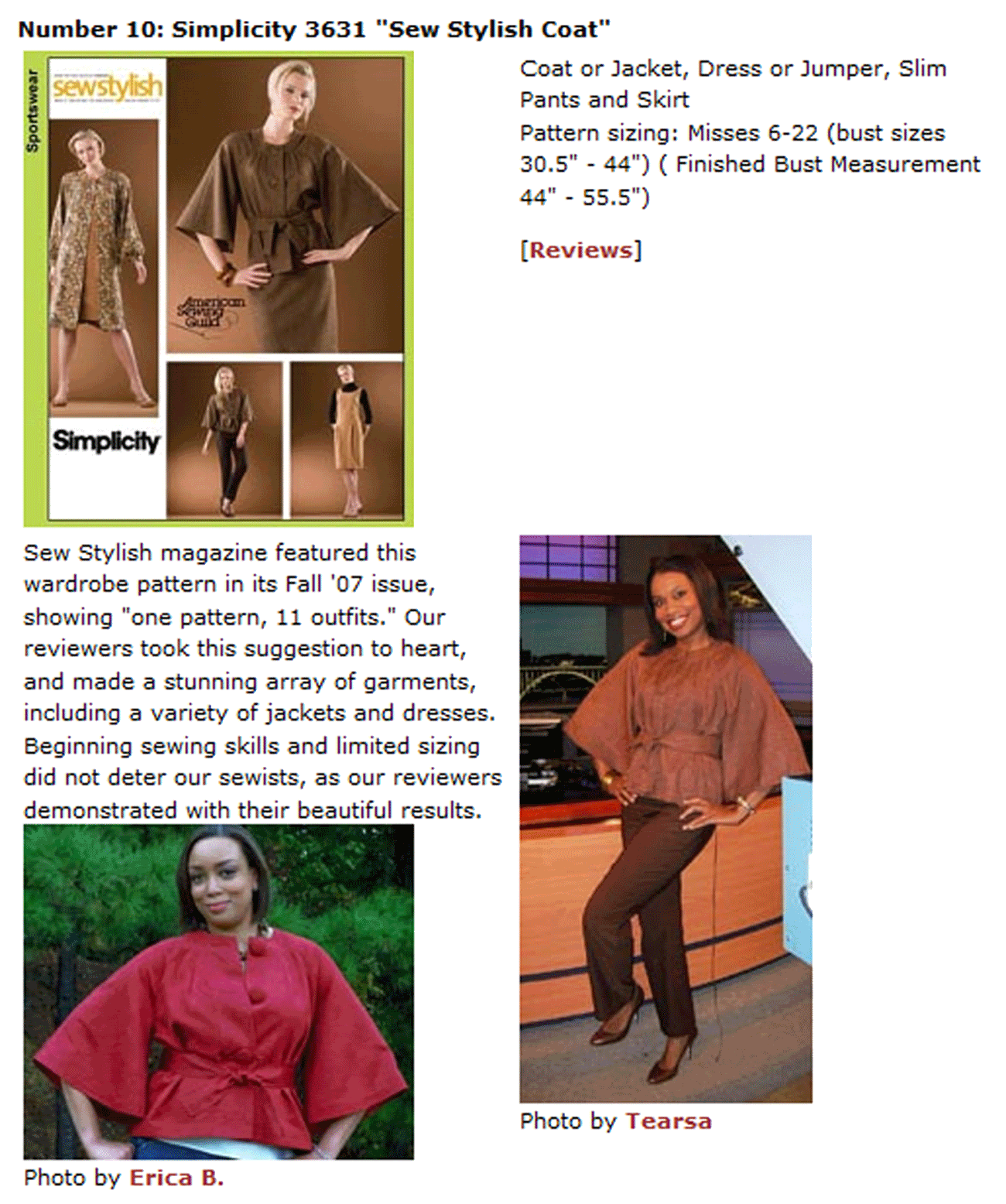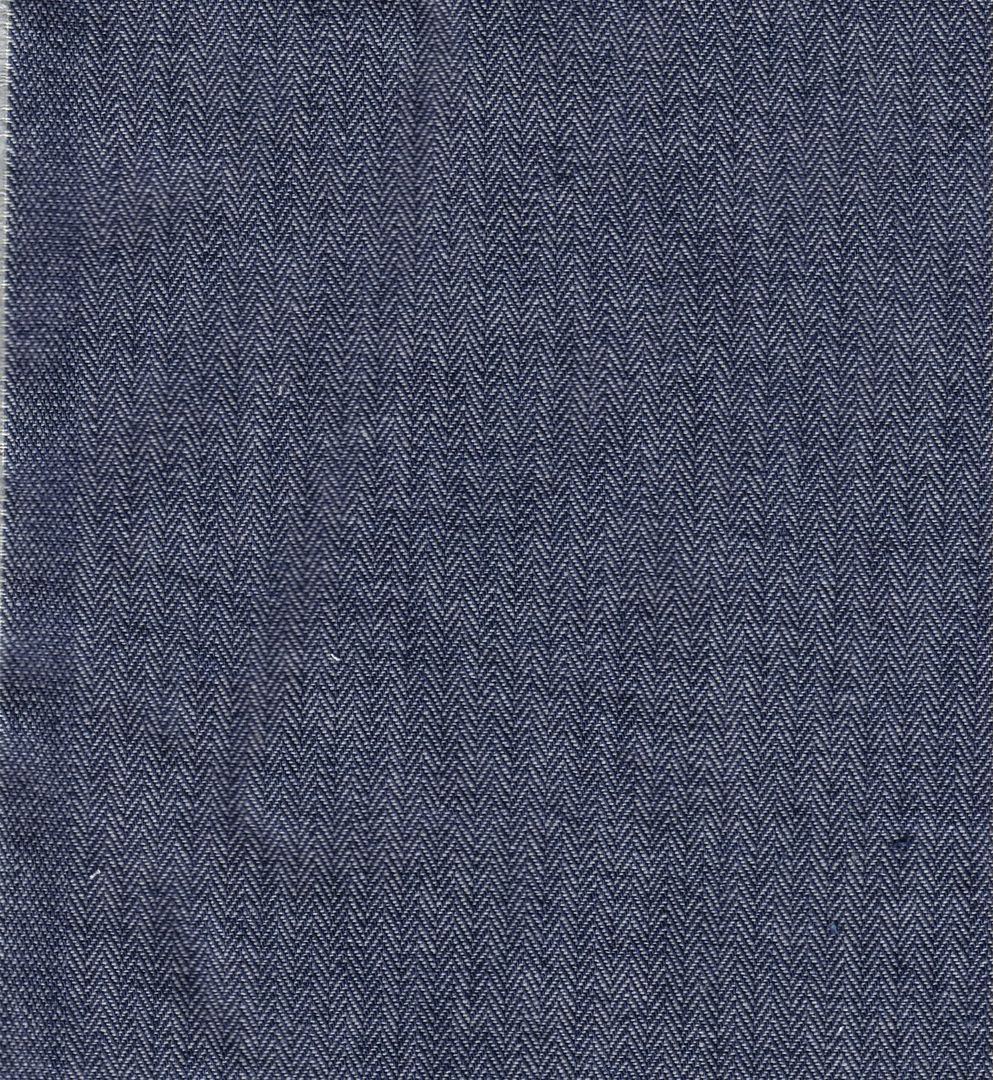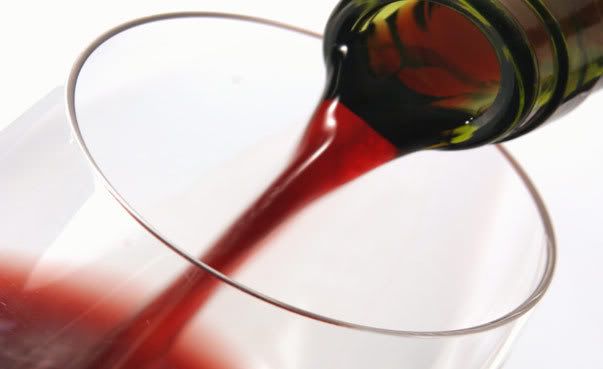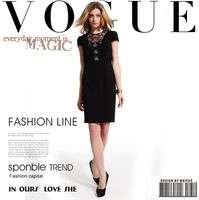Next up are the pockets. I first started with the pocket flaps. The pattern recommended hair canvas as the interfacing for the pocket flaps. I ran a test on the muslin and discovered that the hair canvas was too heavy and left the pocket flap too stiff. I decided to use Perfectfuse Light. As you see in the pic, the seam allowances are folded under and basted on both the fabric and the lining. The lining is seam allowance is folded under 1/8" more than the fabric. The seam allowance was secured with catchstitches. The fabric is topstitched and then the lining is handsewn to the fabric using fell stitches. Instead of the couture handsewn buttonholes, I decided to do machine ones. Hand buttonholes as you can imagine are quite daunting. I tried this out on my muslin and I was not pleased with the look. I'll practice more on this and try it out on a later project.
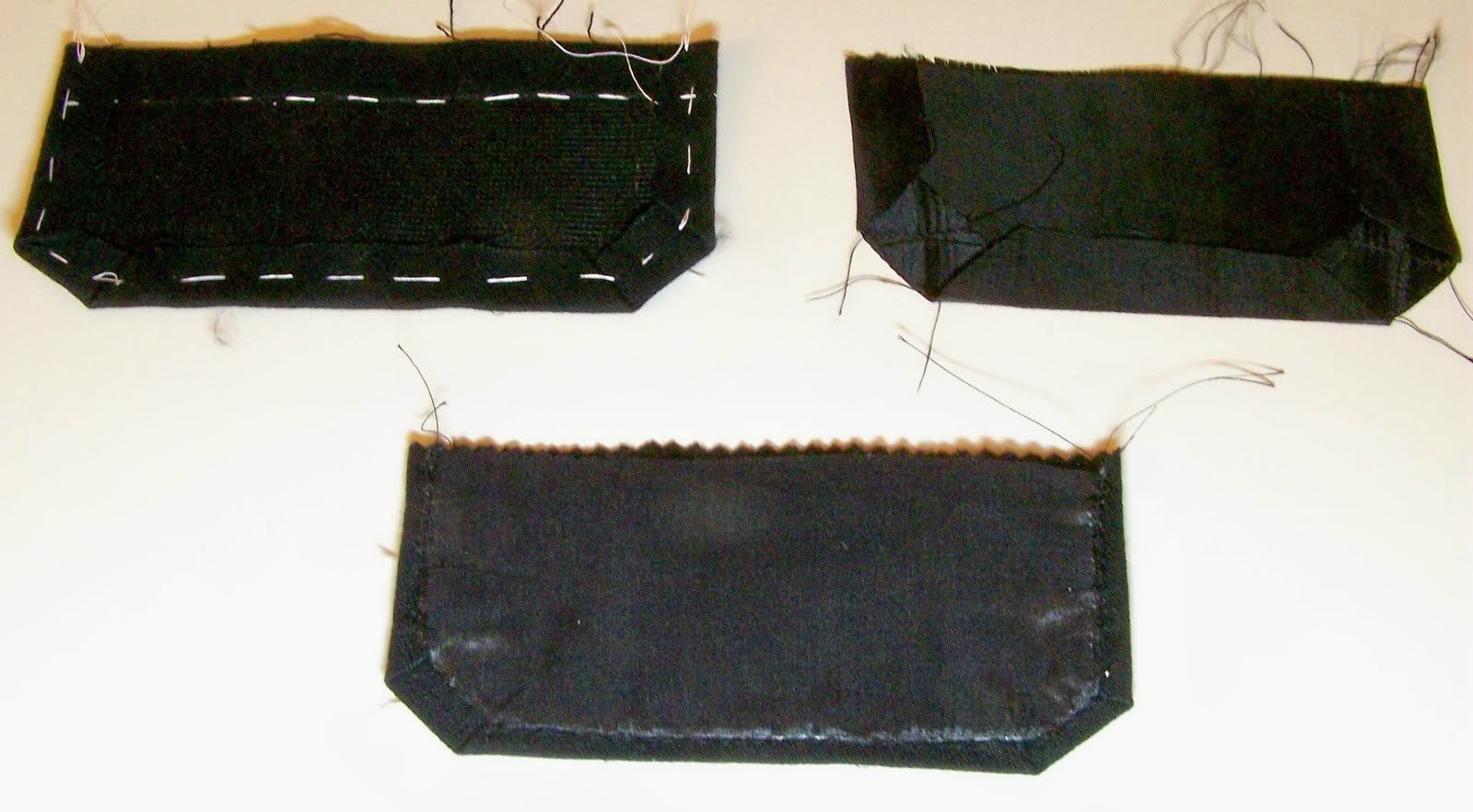
Next were the welts. Claire Shaeffer uses the strip method for her double-welt pockets. This is one of the easiest methods I've used and I highly recommend it. In (a) the strips are sewn to the right side of the garment. In (b), the slash is made and the welts are turned through the opening.
The pocket flap is inserted between the welts and the pocket bag is sewn.

The pattern shows one pocket, but I decided to make two. I thought it looked whopsided on me.
